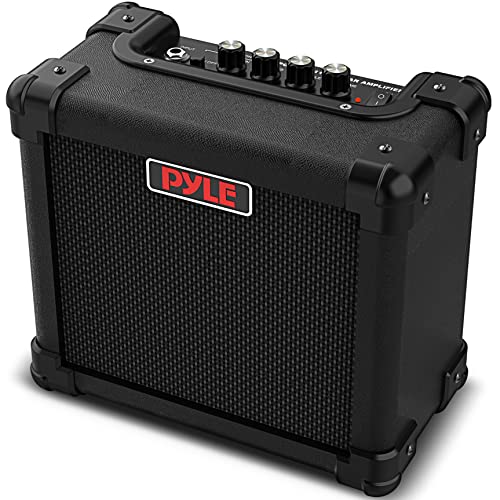Alan Lever
Member
- Joined
- Jul 2, 2023
- Messages
- 11
- Reaction score
- 5
Hi everyone, just a general question please if I may, I have a MK111 blue stripe, checking the chassis out for voltages etc. the two 5W 0.05 ohm resistors tied to each leg of the heater wires seem to be generating a lot of heat, if you float your hand over the top (safely of course) going over the board its definately a high heat area, is this normal?, I know there is a lot of current here so I expect heat but its very noticeable. the voltages on each leg are bang on really at 3.22v so that's ok..... it just shocked me really, i haven't noticed that before on other boogies I have had. the resistors are the factory fit ones and they 'look' ok
thanks everyone.
Alan.
thanks everyone.
Alan.























